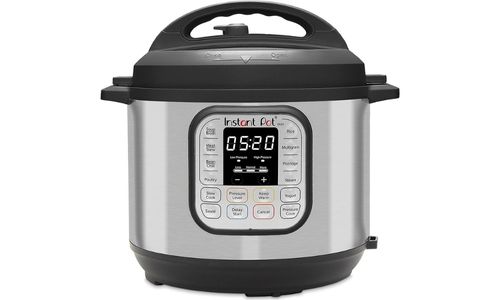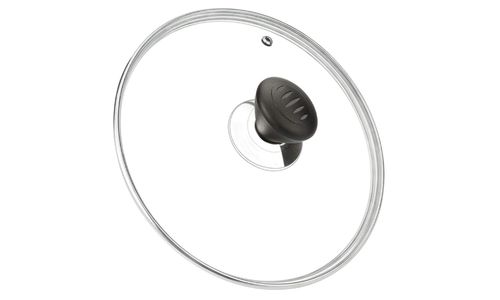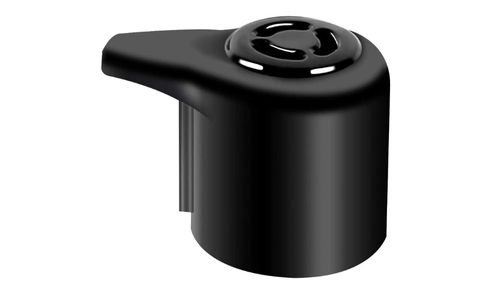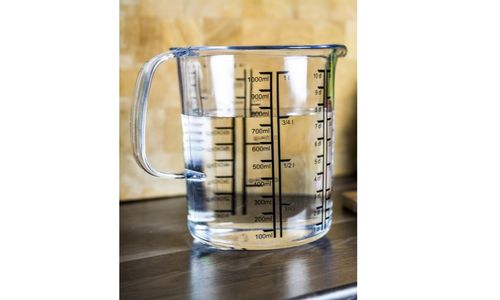Instant pots are the overachievers of the kitchen appliance world. However, to allow their magic to take place, you must ensure that your instant cooker is sealed. While we believe that the motto for instant pots should be “Seal for a meal,” we also realize that sealing an instant pot is not an easy task.
Call this article an instant fix for your instant pot because, in this article, we will let you in on all the information you need to know about sealing your instant cooker (and a little more because we are nice that way).
How to know if your instant pot is sealed?
It is vital to correctly seal your instant pot for it to reach the right cooking temperature. Moreover, if your instant pot is not completely sealed, it can damage the functioning of the pot or your kitchen and even harm you.
The good news is that instant pots and pressure cookers work on similar lines. However, if you are new to both, we have listed some boxes for you to check before you turn on your all-purpose cooking appliance.
Check the sealing ring
The sealing ring is usually a ring made from silicon that is placed on the inside of the instant pot lid. It is perhaps the core element in the entire cooking process because it plays the most important role – it prevents the steam inside the instant pot from escaping the pot.
Sounds familiar? It works the same way as a pressure cooker gasket. However, if you are new to the concept of sealing rings, these are the three things you need to keep in mind –
- Ensure the sealing ring is completely inside its designated spot inside the lid (it will look like a cavity).
- The ring and cavity should be clean.
- Since sealing rings can get damaged (cracks, cuts, etc.), make sure your sealing ring is not broken. However, if it is broken, don’t worry; you can replace it.
Author’s note – Do not use force with the sealing ring while pulling it out as it may get stretched or stop functioning. Also, keep an extra sealing ring handy.
Attach the instant pot lid

While the lids vary across instant pot models, the end goal stays the same when it comes to closing the lid. The protruding plastic sides of the lid need to align with the handles of the instant pot. However, aligning it to the handles alone will not close the lid; you need to align the lid with the inside of the instant pot and then turn the lid.
In many instant pots (including the ones we get in India), there is an arrow (facing downwards) on the lid and two options on the brim – lock/close and open. If your instant pot has this, you must align the arrow with the lock/close option to attach the instant pot lid.
If your instant pot is turned on, you might either hear a click or a chime once the lid is attached correctly.
Check the two valves
Before you get confused, two elements work side-by-side –
- Float valve (traps the heat inside the instant pot) – can be up (do not open because pot is pressurized) or down (safe to open; no sealed heat).
- Steam release valve (releases steam) – the steam release valve comes with two options – sealing and venting. While sealing helps keep the pressure inside, venting releases that pressure or steam.

The original position for the float valve needs to be down, and the original position for the steam release valve needs to be ‘sealed’ for the food to cook. Before your food starts cooking, the instant pot will take some time to reach the pressure required for cooking (depending on the size and model of the pot, what you are cooking, etc.)
Once your appliance is turned on and the food starts cooking, steam will release by itself. So, the steam release valve will go from sealing to venting. You might hear a hissing sound, but to know for sure if your instant pot is sealed, look at the float valve (which should be up).
Author’s note: If you want to release the pressure from the steam release valve manually, use a wooden spoon instead of your bare hand to turn the steam release valve from sealing to venting while avoiding getting burnt.
Monitor the appliance
This step is critical to ensure nothing goes wrong. Once the instant pot is sealed and your food starts cooking, monitor the appliance by checking the following –
- The float valve is up.
- The time displayed for cooking is reducing.
Author’s note – if you notice steam being released periodically but not constantly, it means there is excess liquid in the pot that is making its way out slowly.
5 Things you can do to ensure that your instant pot is sealed
If your float valve does not go up even after the countdown begins, it means your instant pot is not sealed, and you have a problem with your hands. However, to make troubleshooting easy for you, we have listed the causes behind this.
1. The basics
Sometimes, the problem can be as simple as the instant pot’s power cord being loose. Another cause can be the absence of a float valve or your steam release valve handle missing.
2. Wrong valve position
Check the position of your steam release valve handle. There are two positions – downward or venting and upward or sealing. The handle should be in the sealing position for sealing to work, which means it should be facing upwards.
While it is normal for steam release valve handles to be loose, ensure that it is properly seated (if you can move it easily between the two positions, you are good to go).
3. Sealing ring
There can be multiple problems with the sealing ring –
- The sealing ring is absent.
- It is not properly fitted inside the lid cavity. An easy way to find out is by rotating the sealing ring; if you cannot rotate it inside the rack, it is not properly seated.
- The sealing ring is damaged or has expanded too much.
4. Debris
Chances are, one or more elements of your instant pot are not clean. If you find any of these items dirty, clean up and restart the cooking process. Elements where you can find debris include –
- Sealing ring
- The rim of the inner pot
- The inner pot (If food remnants are stuck on the bottom, you can deglaze it by heating the pot with water and letting the remnants break free).
- The instant pot lid
- Float valve
- Anti-block shield
5. Liquid quantity
For your instant pot to do its job, there needs to be the right amount of liquid – not too little but also not too much.
Your instant pot requires a minimum of one cup of liquid. Be lenient while adding water because if it is more, you can use the saute function of your instant pot. With that said, do not overfill because the more liquid there is, the longer your instant pot will take to seal.
If you realize there is a problem after some time and decide to fix it before you restart cooking, ensure that there is enough water because there is a possibility of too much water evaporating before the problem is fixed.
Does An Instant Pot Need to Be Sealed to Work?
To reiterate, yes, an instant pot does need to be sealed to work. So, if you don’t seal your instant pot (or do it incorrectly), chances are, the following might happen –
Instant pots only do well under pressure.
When you don’t seal your instant pot, the heat escapes, and no pressure is generated. Your instant pot’s functioning will get hindered, and your food won’t get cooked completely due to the lack of pressure.
Damage
Sealing does not just ensure that your food is cooked; it also ensures safety. So, when your instant pot is not correctly sealed, it can harm you, your kitchen, and your appliance’s functioning.
Other things to keep in mind
Water test
While we recommend you always do a water test in your instant pot before you start cooking in it to ensure everything is fine, it is even more essential when it is your first time using an instant pot. Why? So, you can get comfortable with your new future-favorite appliance (steam and hissing included).
How do you do the water test?
Follow the rule of threes.
- 3 cups of water (in the pot)
- High pressure for 3 minutes (with the steam release valve on sealing)
Now, stand by and watch your instant pot build pressure and start its countdown from three to zero. If nothing goes wrong in the three minutes, open your pot (only when the float valve is down), dispose of the water and start cooking!
Clean the sealing ring
Since the sealing ring is placed inside the instant pot during the cooking process, it absorbs the smell of the food.
So, cleaning the sealing ring (after removing it) and the cavity of the lid in which the sealing ring fits becomes vital.
Don’t overfill the instant pot.
There is only so much your instant pot can take. So, ensure you do not overfill it with liquids or ingredients to give the instant pot enough room for generating pressure.
Be wary of dairy
There are reservations about putting dairy in an instant pot because the high pressure is too much for dairy to maintain its consistency. Excessive heat can lead to curdling.
FAQs
How should the instant pot valves be positioned for sealing?
There are two valves in an instant pot – a float valve and a steam release valve. When you seal the instant pot with the lid, the float valve should be down (it will come up when pressure is generated), and the steam release valve should be up or in the sealing position.
Should the instant pot float valve be up or down?
The float valve is an element that seals the heat inside the instant pot. The position of the float valve determines the pressure in the pot. If the float valve is up, the pot is pressurized (there is sealed heat) and should not be opened. It is only safe to open the instant pot if the float valve is down (which is also how it should be when you close the lid).
Is it normal for instant pots to hiss when sealed?
It’s normal if you hear hissing sounds while your instant pot is coming to pressure (provided your steam release valve is on sealing and not venting). The removal of excess pressure makes the hissing sound. However, if the hissing sound is loud even after the float valve is fully up, there is either too much liquid or something is wrong.
Conclusion
We understand that one cannot learn how to use an instant pot in an instant. As long as you do not leave your instant pot alone in the cooking process, you can detect all problems (if any) early. It is challenging, but the pros, such as fuel-saving, outweigh this con.
Want a good meal? Seal away!
